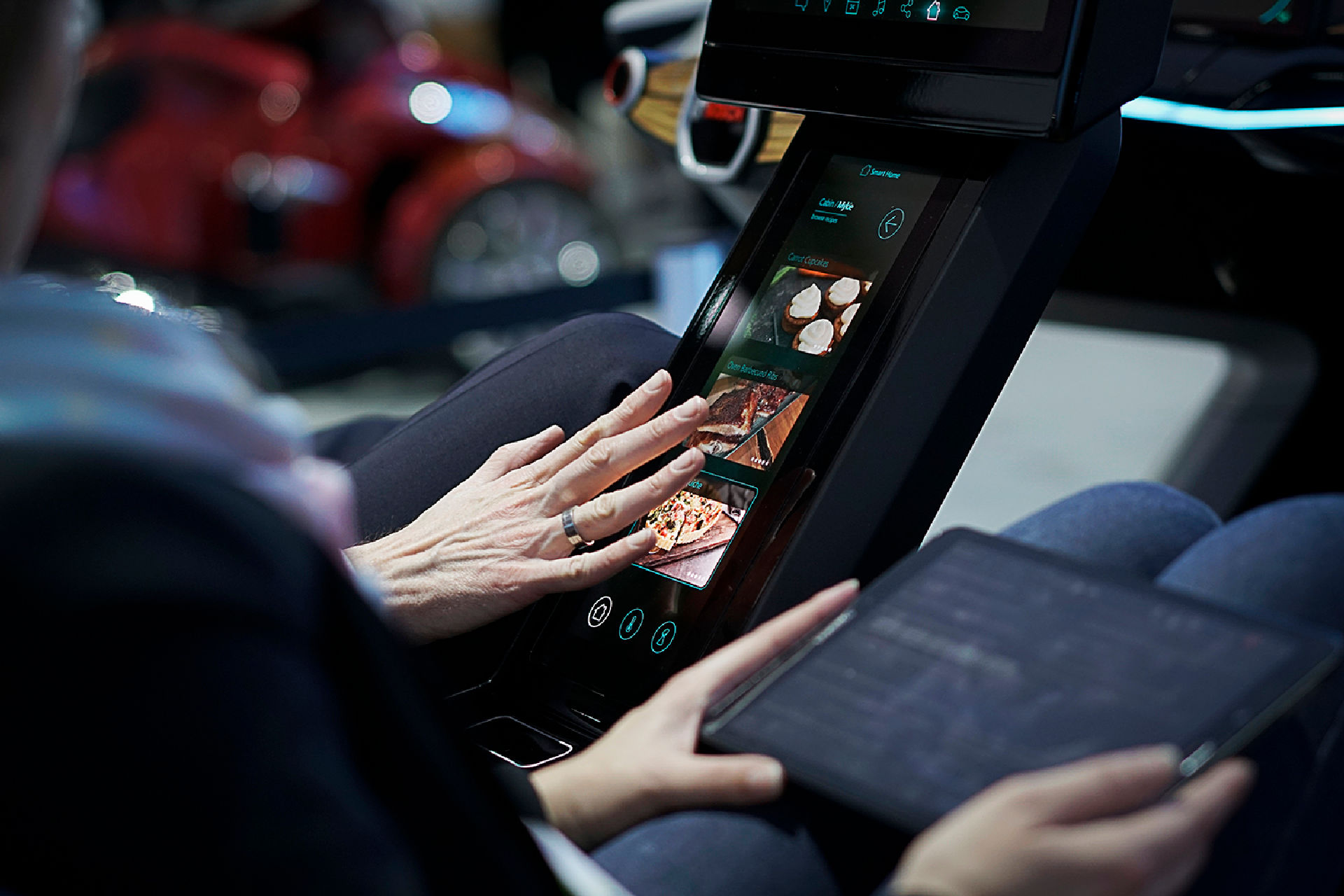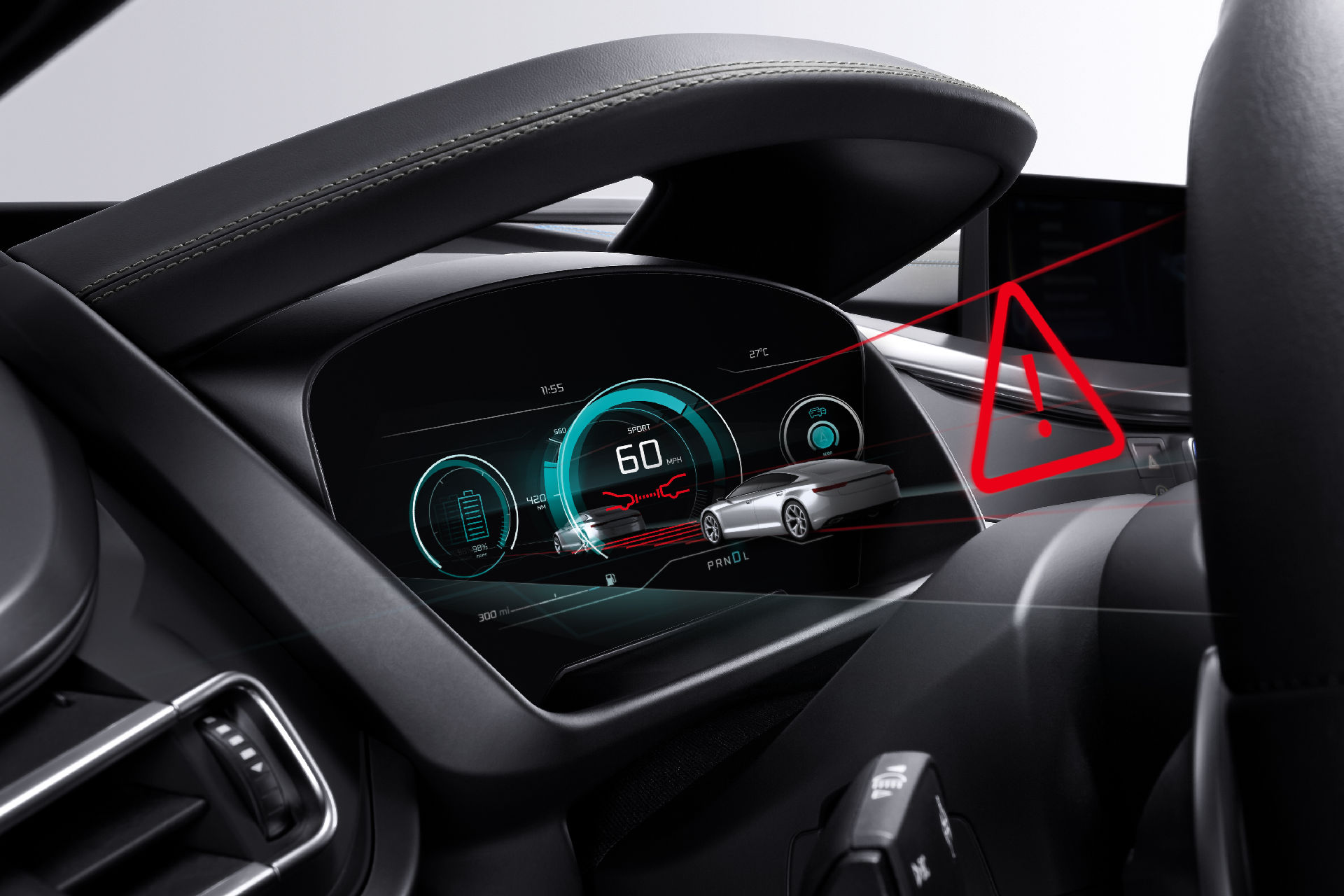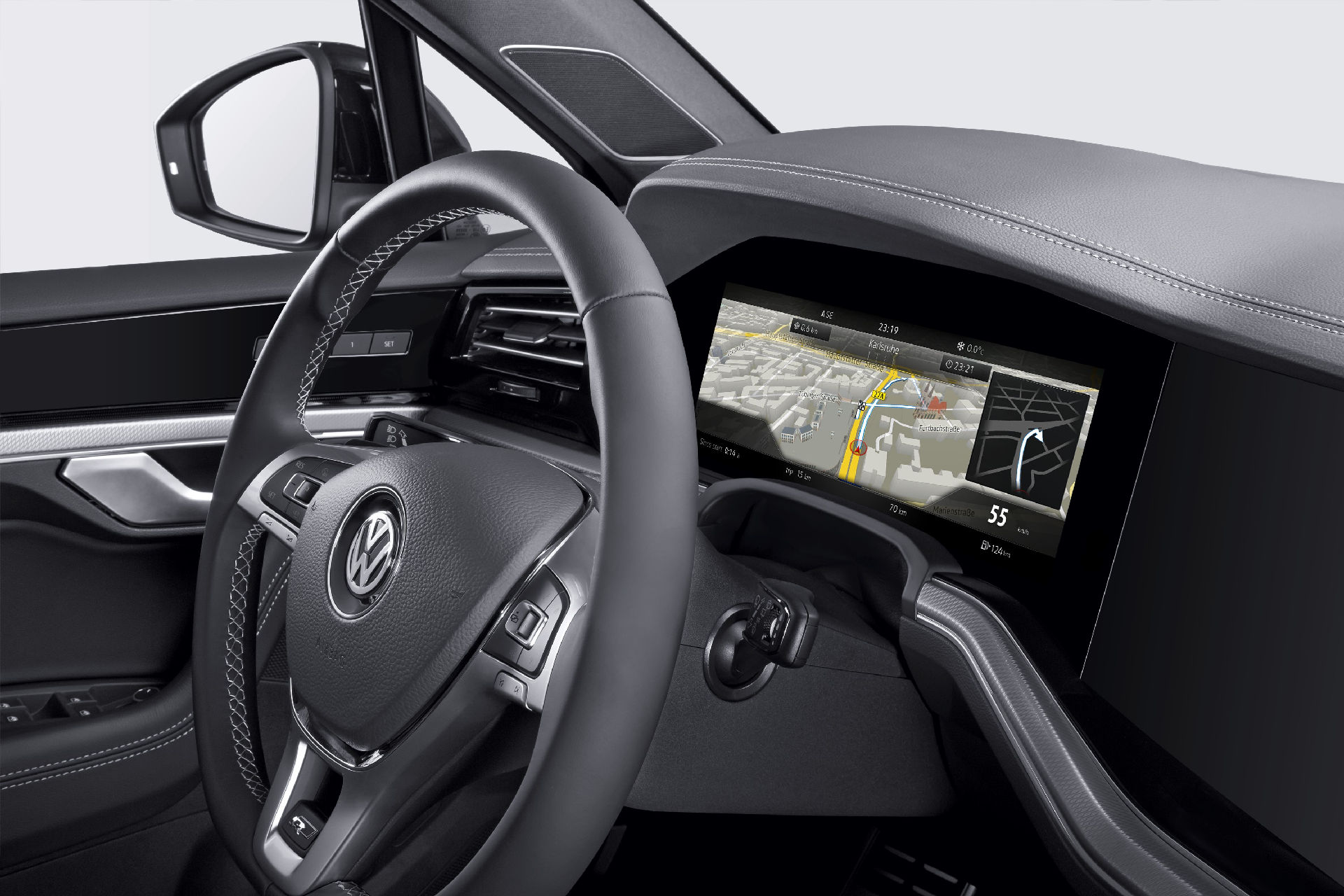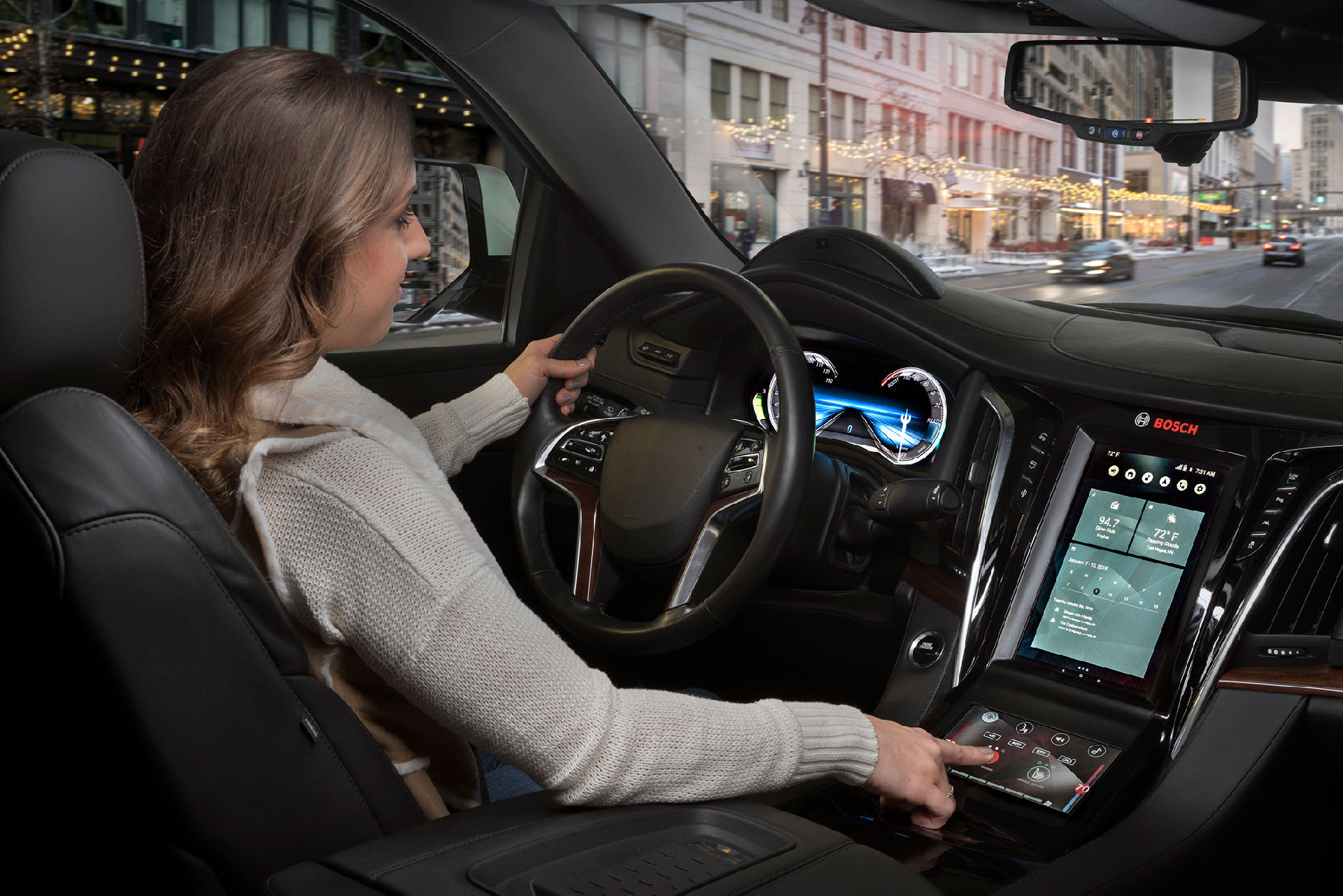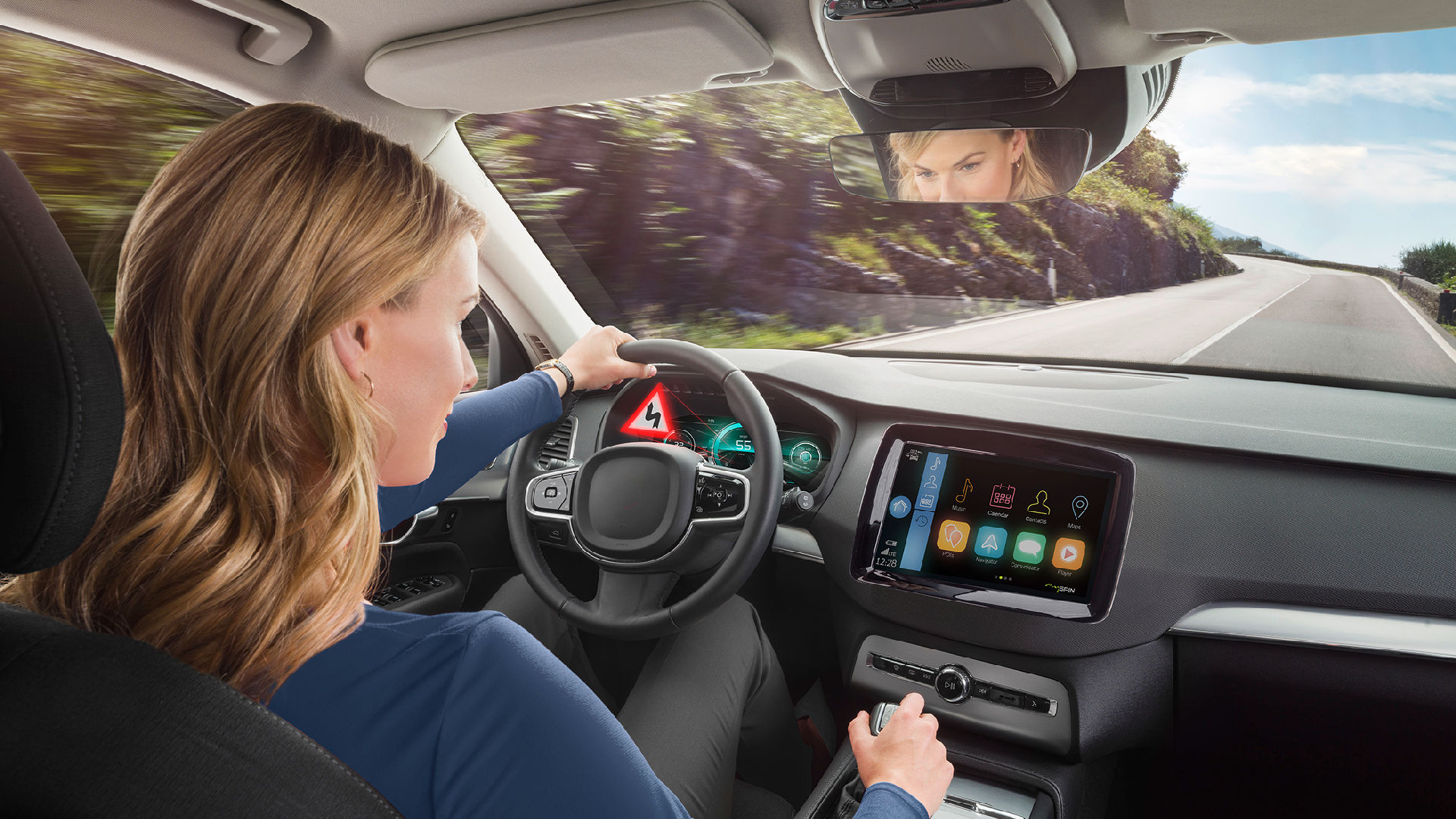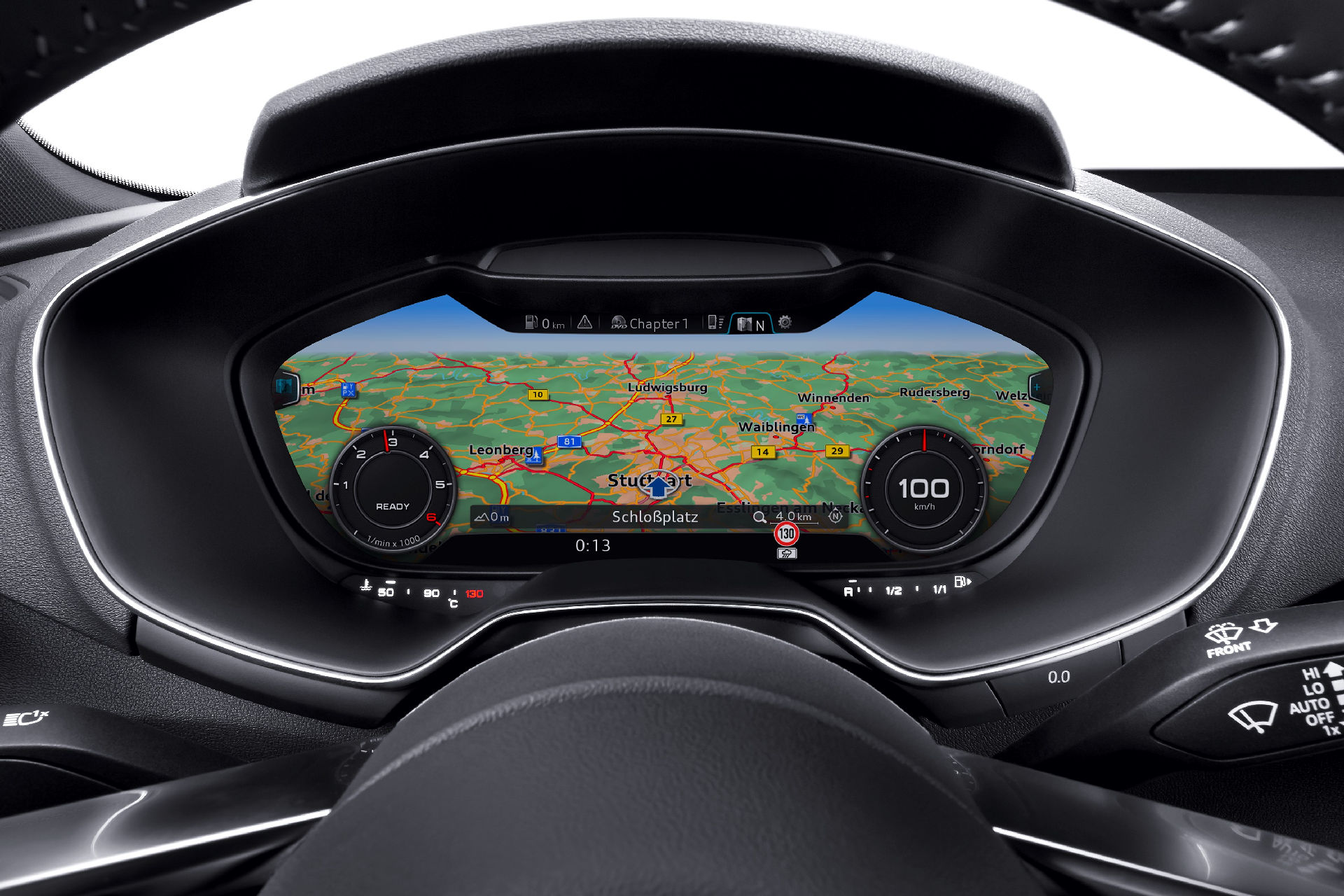Bosch is developing an new type of 3D display that could be used in the digital instrument clusters of production vehicles.
The automotive supply giant has named its technology the ‘human-machine interface’, and while it hasn’t gone into details about how it works, likely wanting to keep the technology under wraps, Bosch says it serves an important safety function and doesn’t require the use of eye-tracking or 3D glasses.
“The display’s depth of field means drivers can grasp important visual information faster, whether from an assistance system or a traffic-jam alert,” president of Bosch Car Multimedia Dr. Steffen Berns says. “Alerts that seem to jump out of the display are much more obvious and urgent.”
Also Read: Bosch’s Autonomous Electric Shuttle Concept Aims To Be The Future Of Travel
For example, a 3D image from a car’s rear-view camera could make it much easier for a driver to detect various obstacles when parking. Bosch adds that, when fully-autonomous production vehicles become a reality, its passive 3D technology “will be crucially significant for the interaction between the car and its driver.”
The Bosch system relies on just a single cockpit computer to operate and supports over-the-air updates. Users can interact with the human-machine interface through voice or touch control that includes haptic feedback.
“Displays are increasingly becoming interactive systems that can better anticipate drivers’ individual needs,” Berns added. “There is huge business potential for Bosch here.”
Forecasts cited by Bosch assert that the global vehicle display market will swell from roughly $15 billion now to $30 billion by 2025.





